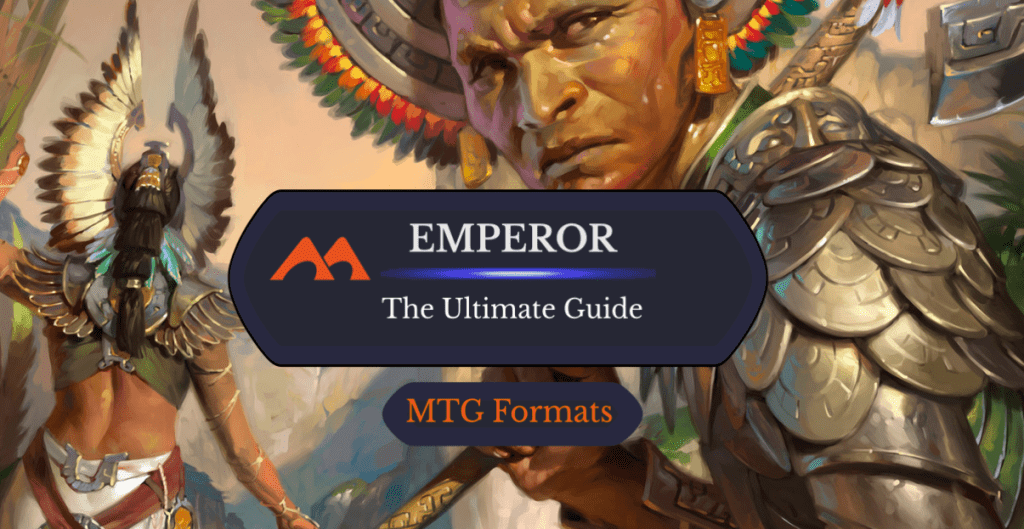
Emperor's Vanguard | Illustration by Victor Adame Minguez
Commander has been Magic: The Gathering’s dominant multiplayer and casual format for over a decade. While fun, casual, and a deck-brewer’s paradise, Commander has its limitations, especially with player count. Typical Commander pods top out at four players, as games tend to drag on exponentially at five or more. Those of us blessed with undeniable charisma and an attractive personality are sure to have too many players coming over for game night this weekend. How am I supposed to seat six players with Commander decks at my dining room table without the game taking all night?
There’s a simple solution: Emperor. Emperor is a six-player MTG format perfect for large groups of players. But how does it work? Do you need EDH decks for Emperor? And most importantly, will it be a good time for your playgroup?
Let’s dig into this oft-forgotten multiplayer Magic format.
What is Emperor?
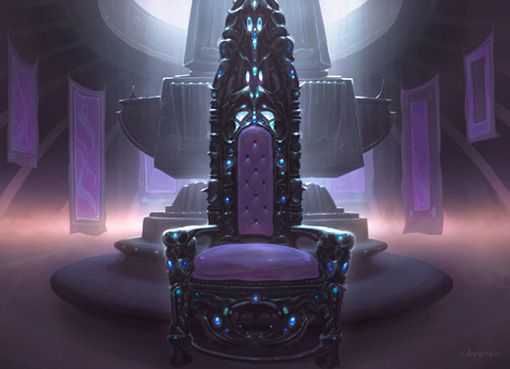
Throne of Empires | Illustration by John Avon
Emperor is a casual multiplayer format for Magic: The Gathering. Two teams of three players face off to protect their “Emperors,” the player seated in the middle of their respective teams. Emperor uses the range-of-influence rules to force a team to defeat one of the opposing Emperor’s bodyguards before they can attack them directly.
Emperor is an easy way for six or more players to play a single game of Magic. Large Magic games typically take a long time to play; with each player taking their turn individually, it can feel like hours before the turn passes back to you. Emperor encourages team play, so players can discuss a strategy beforehand, and then execute three turns one after the other in quick succession which saves a boatload of time while adding a new layer of strategic communication to the game.
Who is Emperor For?
Emperor is for the Magic player with a lot of friends. Mr. Popular over here has too many people interested in playing Magic with him, and only so much table space in his apartment. Sure, they could divide their six players into two three-player pods, but then we’ll have two games happening inches apart and the apartment walls can only handle so much cacophony.
Emperor is also a great opportunity to start branching out into the more casual, “gamey” formats. The Emperor rule set adds a layer of strategy to the game that lowers the stakes of play, making it more reminiscent of a casual board game than a competitive Magic duel.
Emperor Legal Sets
Emperor games are usually defined by the traditional format it’s being glommed onto. As such, Emperor legal sets follow the deck construction legalities for the format you’re currently playing. Modern Emperor games only allow sets from Eighth Edition and forward, Commander Emperor allows cards from any set, and in a Sealed environment, only cards from player’s respective Sealed pools would be allowed.
Emperor Rules
Games of Emperor are played with two teams of three seated opposite each other at the table. Each team elects an Emperor to sit in the middle of their side, and the other two players become Generals. The goal is to defeat the other team’s Emperor. Simple enough, except game play uses the range of influence rules.
The range-of-influence (ROI) rules work to simplify the number of effects each player needs to track. Generals have an ROI of 1, meaning they can only affect, be affected, and count players within one seat of them, typically their own Emperor and the General seated across from them. Emperors, though, have an ROI of 2, and can therefore affect players within two seats of them. At the beginning of the game, this means there are two Generals flanking the enemy Emperor. It’s important to note that all players can only attack opponents within one seat of them. Emperors can cast spells that affect the enemy Generals but cannot attack them directly with creatures until one General is defeated.
Setup progresses as normal, with players starting at 20 life and seven cards (unless modified by the format) and taking their turns individually. Teams may share private information, but not resources like mana. They can, however, donate creatures to each other. In Emperor, each creature gains the Deploy ability, which reads: “(tap): Target teammate gains control of this creature. Activate this ability only any time you could cast a sorcery.” This allows the Emperor's creatures to attack and block before any Generals get defeated.
Once everyone is ready, determine an Emperor to go first randomly, and game play progresses to the left from there. Players must defeat a General on either side of the Emperor before they can attack them directly, and the first team to defeat the other team’s Emperor wins!
As a casual format, the rules for Emperor are more like guidelines. You might want to modify the range of influence rules to allow Emperors to attack opposing Generals or modify the life totals at the start of a game to adjust game length. In my Commander Emperor games, the Generals start with 30 life and the Emperor starts with 40 to prevent the game from running on for years.
Emperor Banlist
Since the Emperor rules are often grafted onto another format, it uses the ban list for that respective format. For example, no deck in a game of Commander Emperor could include a Black Lotus or Iona, Shield of Emeria. No players in a Modern Emperor game could use Deathrite Shaman, and so on.
Where to Play Emperor
Emperor sadly isn’t currently supported on MTGO or MTG Arena. It had a short stint on MTGO 10 years ago, but has yet to return.
Instead, your best bet to find Emperor players is in your current play groups. If you find your groups swelling past a manageable number of players for a single pod, start pitching Emperor relentlessly until your friends give in. That's what I did, and now Emperor is in our regular rotation of formats.
No friends? No problem! Try asking around at your local game store about other players that are interested in casual multiplayer formats and start your own scene.
Emperor Decks
The lack of interest in Emperor and its ill-defined format legalities means there aren’t any Emperor decks at the top of the meta. Instead, I wanted to highlight some decks from other formats that lend themselves well to the Emperor variant.
Phelddagrif Group Hug
Commander (1)
Planeswalker (1)
Creature (23)
Avacyn's Pilgrim
Avacyn, Guardian Angel
Bloom Tender
Braids, Conjurer Adept
Elvish Mystic
Esper Sentinel
Faeburrow Elder
Farhaven Elf
Fog Bank
Gluntch, the Bestower
Iwamori of the Open Fist
Kami of the Crescent Moon
Llanowar Elves
Mesa Enchantress
Noble Benefactor
Questing Phelddagrif
Soul Warden
Suture Priest
Tempting Wurm
The Council of Four
Veteran Explorer
Windborn Muse
Zenith Chronicler
Sorcery (8)
Approach of the Second Sun
Expropriate
Ezuri's Predation
Hurricane
Prosperity
Rampant Growth
Sleep
Wrath of God
Instants (10)
Arcane Denial
Beast Within
Counterspell
Fog
Generous Gift
Path to Exile
Pongify
Reins of Power
Riot Control
Teferi's Protection
Artifact (9)
Angel's Trumpet
Arcane Signet
Azorius Signet
Folio of Fancies
Glaring Spotlight
Selesnya Signet
Simic Signet
Sol Ring
Spellbook
Enchantment (14)
Arboria
Dictate of Karametra
Dictate of Kruphix
Freed from the Real
Ghostly Prison
Noble Heritage
Omniscience
Out of Time
Palliation Accord
Psychic Impetus
Righteous Cause
Rites of Flourishing
Smothering Tithe
Zur's Weirding
Land (34)
Adarkar Wastes
Azorius Guildgate
Calciform Pools
Command Tower
Exotic Orchard
Forest x8
Grove of the Guardian
Hinterland Harbor
Island x8
Plains x7
Reliquary Tower
Seaside Citadel
Selesnya Guildgate
Simic Guildgate
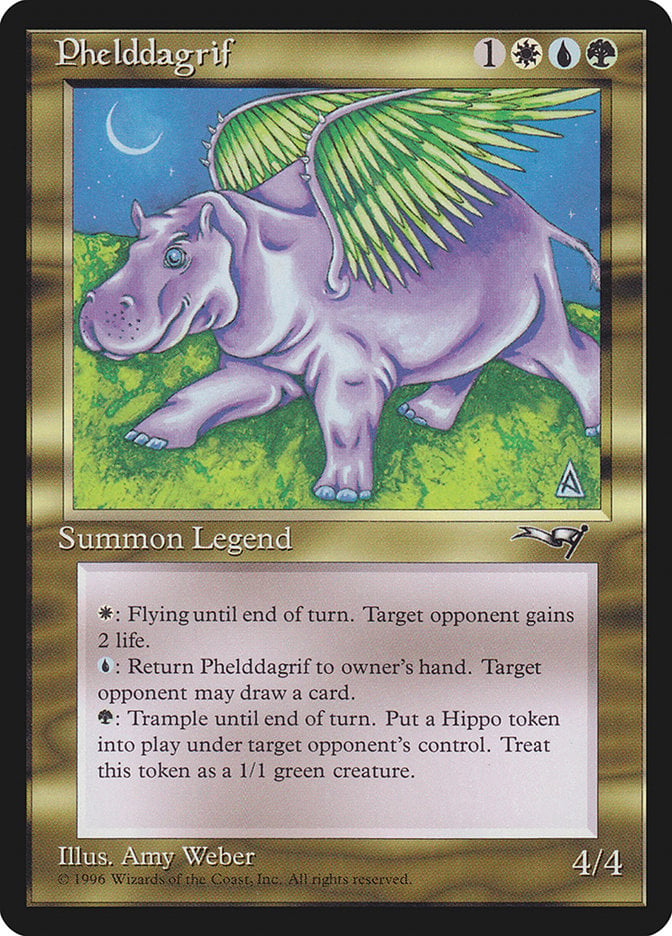
“Group Hug” is a Commander archetype where players focus on making everyone at the table their friend to disincentivize attacks against them. In Emperor, the limited range of influence means a Phelddagrif deck’s beneficial cards won’t affect the entire other team, garnering a sweet bit of advantage for you.
Rites of Flourishing, Dictate of Karametra, and Dictate of Kruphix are suddenly a lot better when three players on your team are using them compared to just two on the other team.
Duel Decks: Dihada
Planeswalker (2)
Creature (9)
Dragon's Rage Channeler x4
Dreamscape Artist x2
Tombstalker x3
Sorcery (7)
Act of Treason x3
Hard Evidence x4
Instant (12)
Act of Aggression x2
Counterspell x3
Dihada's Ploy x4
Recalibrate x3
Enchantment (5)
Shattered Ego x2
World-Weary x3
Land (25)
Dimir Aqueduct x2
Island x8
Izzet Boilerworks x2
Mountain x5
Rakdos Carnarium x3
Swamp x5
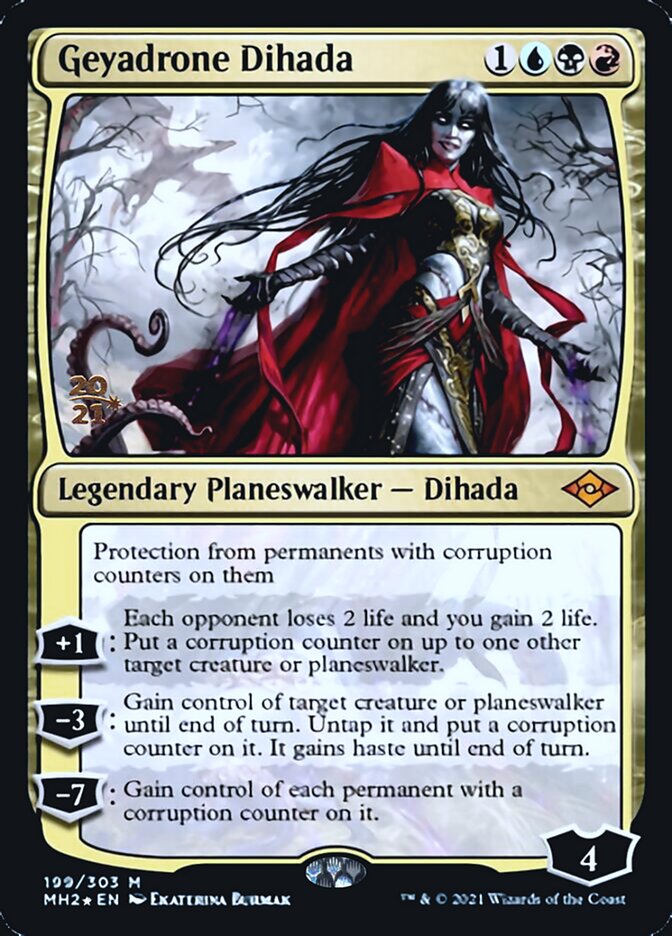
For my own Emperor battle box, I tried to emulate the power level present in the classic Duel Decks box sets with new cards I had lying around. Relentlessly drafting Modern Horizons 2 left me with quite a bit of chaff, so I began working it into low-power casual decks designed for beginning to intermediate players. This deck makes for a great Emperor, as it’s mostly a suite of “gain control” spells that the opposing Generals won’t be able to stop. It manipulates the deploy ability to gain control of an opponent's creature “until the end of turn,” but then deploys them permanently to an allied General instead. It’s a nasty way to take advantage of this format’s special rules!
Getting Started With Emperor
I’ve found the best way to introduce players to a new format is to have pre-built decks they can play. If you’re pensive about slapping extra rules onto Commander, an already headache-inducing format, it might behoove you to keep a battle box of six constructed decks around for this purpose. Crafting your own Emperor battle box is a great exercise in balancing decks in a unique environment, and you can use another format’s legalities to get you started.
If you find yourself lacking in draft chaff (or, more likely, card sleeves for another six decks), the JumpStart boosters make for perfect decks for Emperor. The random distribution of deck archetypes means no player can plan for what’s coming, and the decks are guaranteed to be at least mostly balanced against each other (I’ll save my JumpStart criticisms for another article).
In a similar vein, you could pitch an Emperor game after six players have finished selecting their card pools from a draft box. A Limited Emperor game tests your deckbuilding and threat assessment skills in an environment like no other in Magic.
Emperor Products
Wizards of the Coast hasn’t released any products specifically for the Emperor format. If you’re looking to get started playing Emperor, any of the preconstructed Commander decks will land you a deck built for a multiplayer format that can easily slot into a game of Emperor.
Emperor Communities
Emperor doesn’t really have any specific community devoted to it, but the subreddits for Magic generally and for EDH both see discussion of the Emperor format from time to time. I just scored the subreddit for r/EmperorMTG, so check back there later and maybe we can generate some discourse!
Wrap Up

Crown of Empires | Illustration by John Avon
Emperor is a shining example of the fun alternative formats players can create using Magic’s robust rules system. It solves the eternal problem of “how can I play Magic with more people?” and encourages strategies that you won’t see anywhere else.
What other decks are stars in this format? Do you see yourself building a themed battle box to go along with Emperor? And what special rules does your playgroup use for games of Emperor? Let me know in the comments, or over on Draftsim’s TwXtter.
Thanks for reading! Make sure you have enough chairs!
Follow Draftsim for awesome articles and set updates: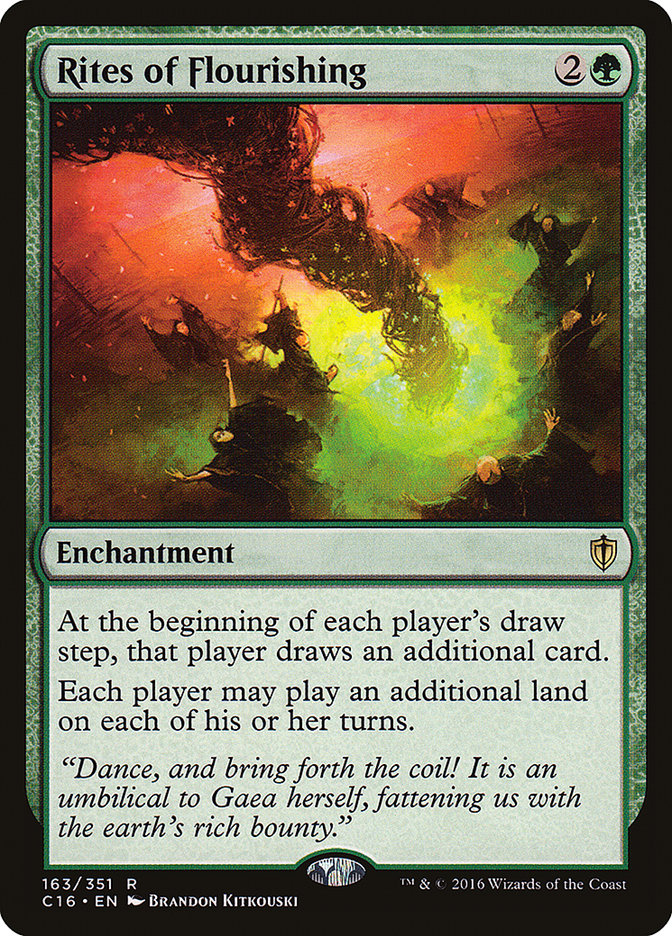

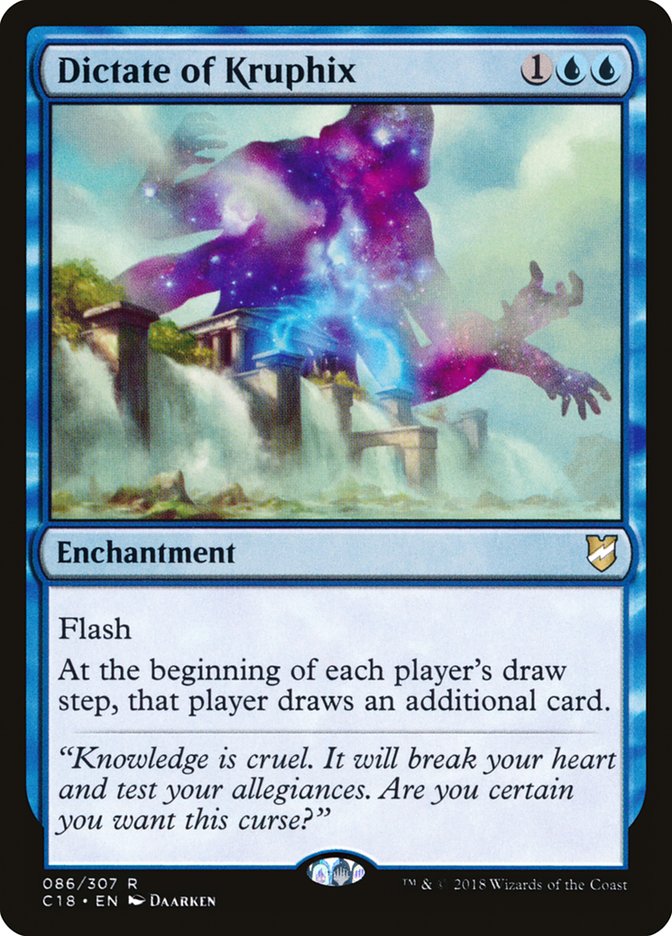
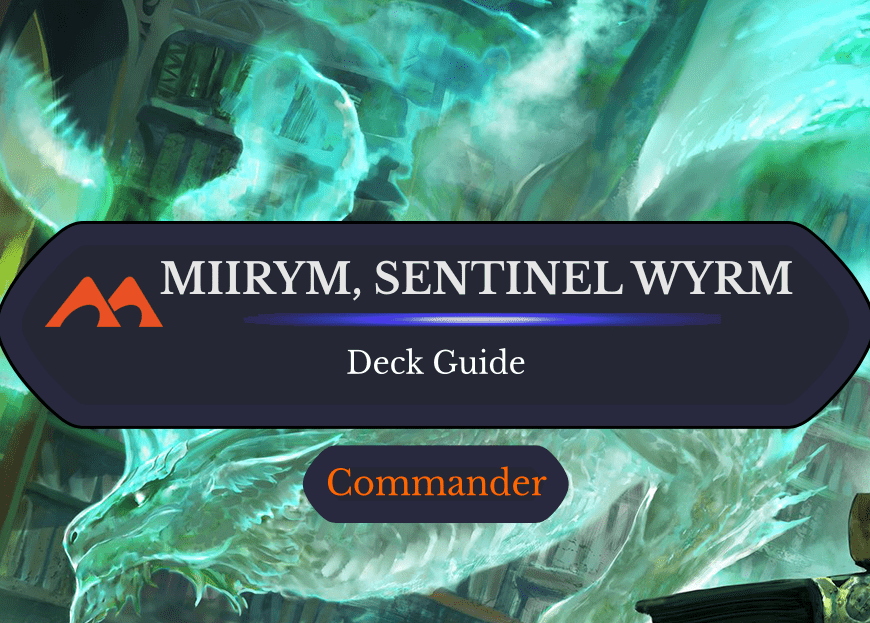
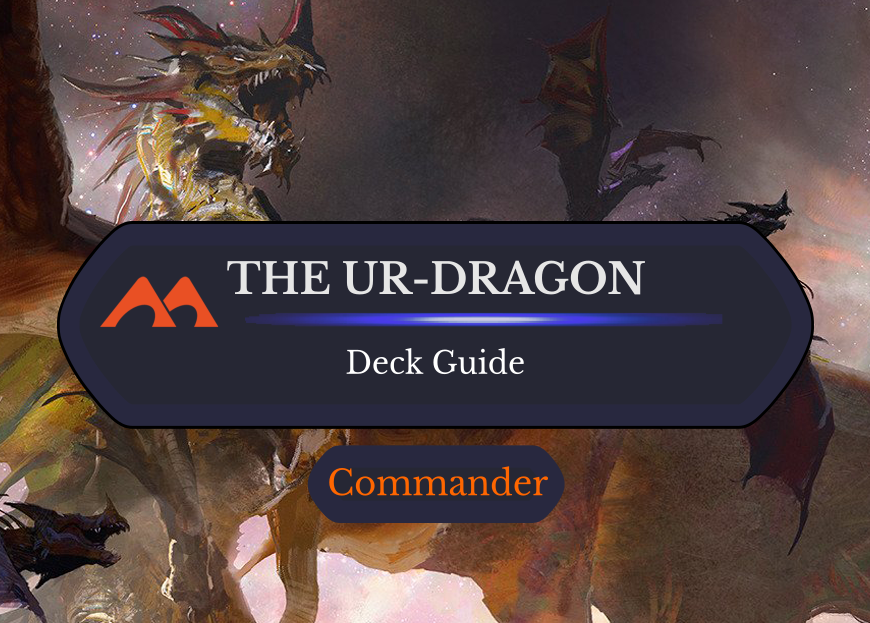
Add Comment